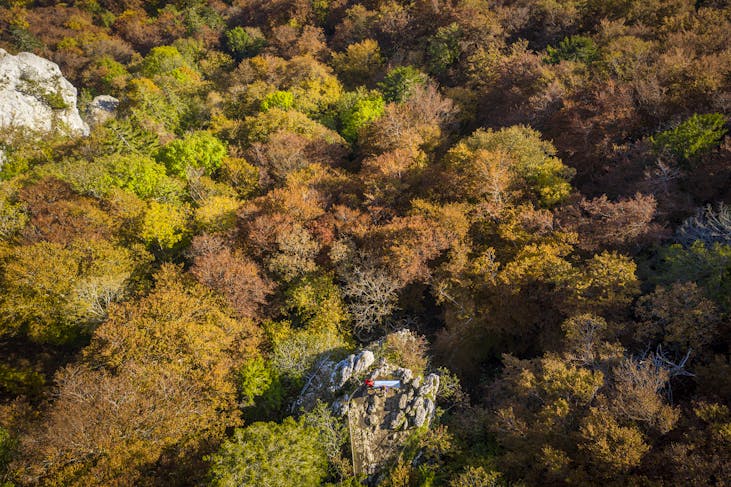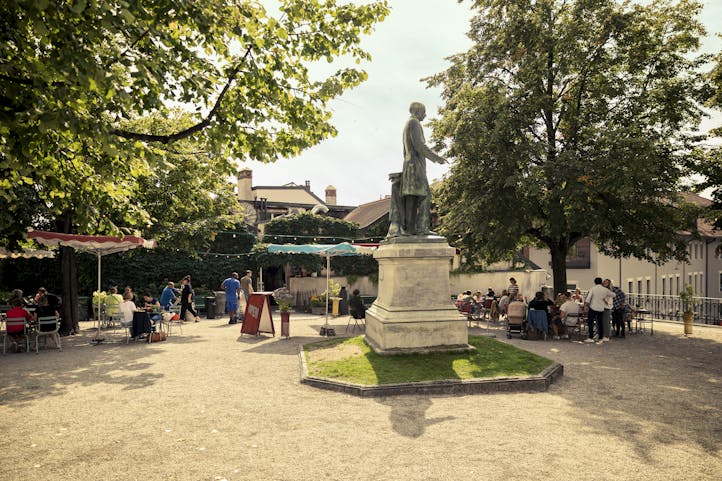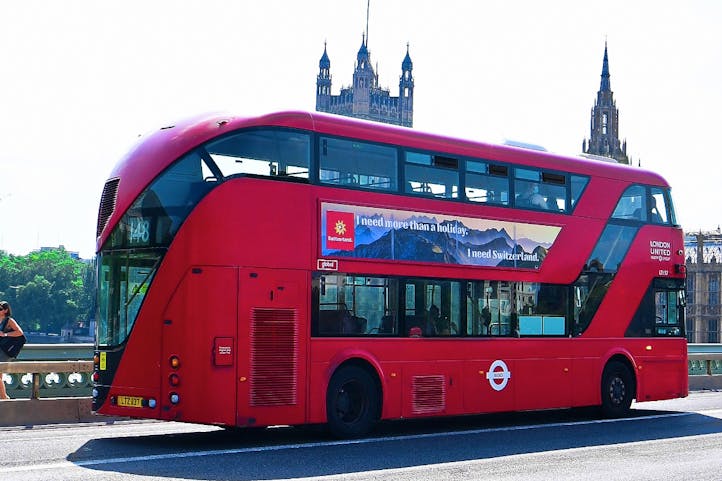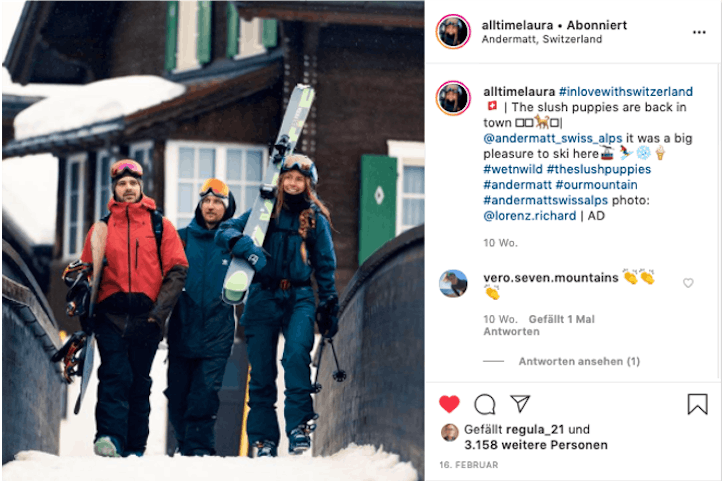Find out more about:
As the figures from the Federal Statistical Office (FSO) show, people in different markets have different preferences for when they travel. For example, visitors from India, Greater China and the USA are often seen in the off-season. By way of an example, 21.5% of all Indian visitors to Switzerland in 2019 came during May. North Americans also like to travel shortly before or after the summer peak (in 2019, 12.9% visited in June and 12.7% in September). We see a similar pattern for visitors from Greater China and South-East Asia, who prefer to travel to Switzerland before or after the summer high season. These visitors were almost entirely absent in 2020, as a result of the Covid-19 pandemic and the resulting travel restrictions.

From the Management Information System: the hotel overnight stays table for 2019 shows which months are most popular in which markets. For example, 21.5% of all hotel overnight stays by visitors from India were in May – the highest figure for the year. January was the least popular month (2.0%).
Autumn off-season campaign, featuring Ursus Wehrli
This development made it especially important in pandemic-hit 2020 to fill the gap with domestic visitors. The autumn campaign therefore became particularly significant in 2020: since its launch in 2018, it has predominantly concentrated on domestic visitors.
In 2020, Switzerland Tourism ST’s autumn campaign was themed around blazes of colour. It featured tailored autumn trips, a newly developed foliage map and a creative promotion with Swiss cabaret artist Ursus Wehrli.
Market mix is key
The trend for hotel overnight stays by domestic tourists in September and October was very positive, particularly in the mountain regions: the FSO recorded a 17.8% increase overall compared with the previous year. However, domestic visitors were not able to completely rescue the autumn season, as FSO figures show hotel overnight stays from all markets falling by 30% overall.
For the autumn off-season in particular, a balanced mix of visitors with a substantial share of overseas visitors is therefore critical.
ST’s international offices provide personal contact
The pandemic and the associated travel restrictions have greatly altered the mix of visitors in the off-season. It will take several years yet for numbers from long-haul markets to return to 2019 levels. In light of the longer lead time for bookings, ST already began stepping up its efforts in the long-haul markets in pandemic-hit 2020, for example through personal contact with tour operators. This was made possible despite the travel restrictions by ST’s network of international offices.










